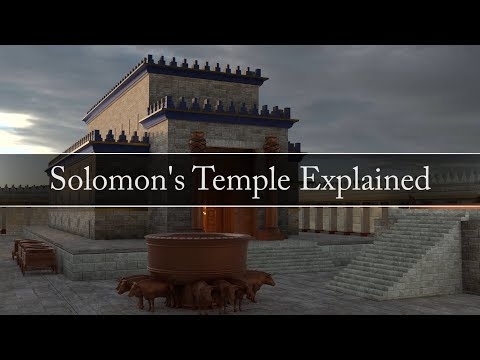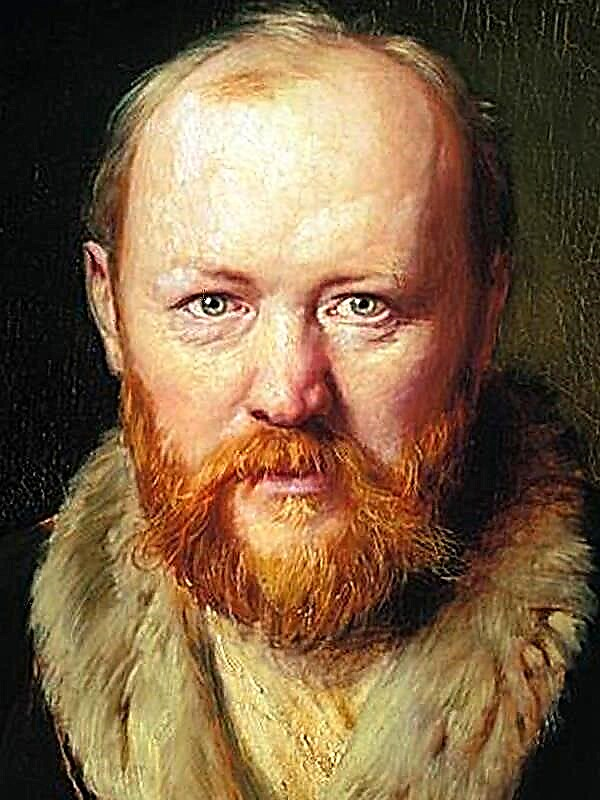Roman F. Dostoevsky's “Idiot” is today one of the most popular and sought-after works of Russian literature. For many years, various interpretations of this great creation have been created and continue to be created: film adaptations, opera and ballet readings, and theater performances. The novel is popular all over the world.
History of creation
Work on the novel began in April 1867 and lasted almost a year and a half. The creative impulse for the author was the case of the Umecki family, where parents were accused of child abuse.
1867 is a difficult time for the writer and his family. Dostoevsky was hiding from creditors, which forced him to go abroad. Another sad event was the death of a three-month-old daughter. Fedor Mikhailovich and his wife experienced this tragedy very hard, but the agreement with the magazine "Russian Herald" did not allow the creator to give in to grief. Work on the novel completely absorbed the author. While in Florence, in January 1869, Dostoevsky completed his work, devoting it to his niece S. A. Ivanova.
Genre, direction
In the second half of the XIX century, writers paid special attention to the genre of the novel. There were various subgenres associated with direction, style, structure. Dostoevsky's “Idiot” refers to the best examples of a philosophical novel. This type of prose arose even in the Enlightenment in Western European literature. It is distinguished by its emphasis on the thoughts of heroes, the development of their ideas and concepts.
Dostoevsky was also interested in the study of the inner world of the characters, which gives reason to attribute the “Idiot” to this kind of novel as psychological.
Essence
Prince Myshkin arrives from Switzerland to St. Petersburg. With a small bundle of things in his hands, not dressed for the weather, he goes to the Epanchins' house, where he meets the general's daughters and Secretary Ganye. With him, Myshkin sees a portrait of Nastasya Filippovna, and later finds out some details of her life.
The young prince stops at the Ivolgins, where he soon meets Nastasya herself. The girl’s patron marries her for Ganya and gives her a dowry of 70 thousand, which attracts a potential groom. But under Prince Myshkin, a bargaining scene takes place, where Rogozhin, another contender for the beauty’s hand and heart, takes part. The final price is one hundred thousand.
Lev Nikolaevich Myshkin is deeply touched by the beauty of Nastasya Filippovna, he comes to her that evening. He meets many guests there: General Yepanchin, Ferdyshchenko, Totsky, Ganyu, and closer to night Rogozhin himself is with a newspaper parcel, in which the promised one hundred thousand. The heroine throws money into the fire and leaves with the chosen one.
Six months later, the prince decides to visit Rogozhin in his house on Gorokhovaya Street. Parfyon and Lev Nikolaevich exchange crosses - now, with the blessing of mother Rogozhin, they are brothers.
Three days after this meeting, the prince goes to Pavlovsk to the cottage to Lebedev. There, after one of the evenings, Myshkin and Aglaya Yepanchina make an appointment. After the meeting, the prince realizes that he will fall in love with this girl, and after a few days Lev Nikolayevich is proclaimed her fiance. Nastasya Filippovna writes a letter to Aglaya, where she convinces her to marry Myshkin. Soon after this, a meeting of rivals takes place, after which the engagement of the prince and Aglaya is terminated. Now the society is looking forward to another wedding: Myshkina and Nastasya Filippovna.
On the day of the celebration, the bride runs away with Rogozhin. The next day, the prince sets off in search of Nastasya Filippovna, but none of her acquaintances knows anything. Finally, Myshkin meets Rogozhin, who leads him to his house. Here under a white sheet lies the corpse of Nastasya Filippovna.
As a result, from all the shocks received, the protagonist goes crazy.
The main characters and their characteristics
- Prince Lev Nikolaevich Myshkin. In drafts, the writer calls the protagonist Prince Christ. He is the central character and contrasted with all the other heroes of the work. Myshkin interacts with almost all participants in the action. One of his main functions in the novel is the discovery of the inner world of the characters. It is not difficult for him to call an interlocutor for a frank conversation, to find out his innermost thoughts. For many, communication with him is like confession.
- Myshkin's antipodes are Ganya Ivolgin and Parfyon Rogozhin. The first of them is a weak-minded, feminine, seduced by money young man who wants to beat himself out at people at all costs, but still feels shame for it. He dreams of status and respect, but is forced to endure only humiliation and failure. The rich merchant Rogozhin is obsessed with only one passion - to own Nastasya Filippovna. He is stubborn and ready for anything to achieve the goal. He will not be satisfied with any other outcome, but life is in fear and doubt, and if she loves him, whether she will run away, not for Rogozhin. Because their relationship ends in tragedy.
- Nastasya Filippovna. The fatal beauty, whose true nature was only guessed by Prince Myshkin. She can be considered a victim, she can be a demon, but what attracts her most is that she is related to Cleopatra herself. And this is not only endearing beauty. A case is known when the Egyptian ruler dissolved a huge pearl. The reminiscence of this act in the novel is an episode where Nastasya Filippovna throws one hundred thousand rubles into the fireplace. The prototype of the heroine is Apollinaria Suslova, beloved of Dostoevsky. She feels contempt for money, because they bought her shame for them. The poor girl was seduced by a rich gentleman, but he began to be weighed down by his sin, so he tried to make a decent woman out of a kept woman by buying her a groom - Ganin.
- The image of Nastasya Barashkova sets off Aglaya Yepanchina, antipode and rival. This girl is different from her sisters and mother. In Myshkin, she sees much more than an eccentric fool, and not all of her relatives can share her views. Aglaia was waiting for a man who could take her out of a ossified, decaying environment. At first, she represented the prince as such a savior, then a certain Polish revolutionary.
There are more interesting characters in the book, but we don’t want to drag out the article too much, so if you need a characterization that is not here, write about it in the comments. And she will appear.
Themes and Issues
- The problems of the novel are very diverse. One of the main problems identified in the text is greed. The thirst for prestige, status, wealth makes people commit heinous acts, slander each other, and change themselves. It is impossible to succeed in the society described by Dostoevsky without having patrons, a noble name and money. In tandem with vanity is vanity, especially inherent in General Yepanchin, Ghana, Totsky.
- Since “The Idiot” refers to a philosophical novel, it develops a huge wealth of topics, the most important of which is religion. The author turns to the topic of Christianity on several occasions; the main character involved in this topic is Prince Myshkin. His biography includes some biblical allusions to the life of Christ; he is endowed with the function of “savior” in the novel. Mercy, compassion for one's neighbor, the ability to forgive - this is what other heroes learn from Myshkin: Varya, Aglaya, Elizaveta Prokofievna.
- Love presented in the text in all its possible manifestations. Christian love, helping others, family, friendly, romantic, passionate. In Dostoevsky’s later diary entries, the main idea is revealed - to show three varieties of this feeling: Ganya - conceited love, Rogozhin - passion, and the prince - Christian love.
Here, as well as with the heroes, it is possible to disassemble the subject and problems for a long time. If something specific is still not enough for you, please write about it in the comments.
The main idea
The main idea of Dostoevsky is to show the decomposition of Russian society in the layers of the intelligentsia. In these circles, spiritual decline, philistinism, adultery, and double life are almost normal. Dostoevsky strove to create a “wonderful man” who could show that kindness, justice and sincere love are still alive in this world. Prince Myshkin is endowed with such a mission. The tragedy of the novel lies in the fact that a person who seeks to see only love and kindness in his modern world perishes in him, being unfit for life.
The meaning laid by Dostoevsky is that people nevertheless need such righteous people who help them to look in their own faces. In a conversation with Myshkin, the heroes learn their soul and learn to open it to others. In the world of falsehood and hypocrisy, this is very necessary. Of course, it is very difficult for the righteous to get comfortable in society, but their sacrifice is not in vain. They understand and feel that even one corrected fate, even one indifferent heart, awakened from indifference, is already a great victory.
What does it teach?
The novel "Idiot" teaches to believe in people, in no case do not blame them. The text gives examples of how to educate a society without putting itself above it and without resorting to direct moralizing.
Dostoevsky’s novel teaches us to love, first of all, for salvation, to always help people. The author warns that low and rude acts committed in a haste, after which you will have to regret, but repentance may come too late, when nothing can be corrected.
Criticism
Some contemporaries called the novel "Idiot" a fantasy, which caused the writer to be indignant, since he considered this the most realistic composition. Among the researchers over the years, from the moment the book was created and today, various definitions of this work have arisen and continue to arise. So, V.I. Ivanov and K. Mochulsky call “The Idiot” a tragedy novel, Yu. Ivask uses the term evangelical realism, and L. Grossman considers this work a novel-poem. Another Russian thinker and critic M. Bakhtin investigated the phenomenon of polyphonism in Dostoevsky’s work, he also considered the “Idiot” a polyphonic novel, where several ideas are simultaneously developed and several voices of the heroes sound.
It is noteworthy that the novel by Dostoevsky is of interest not only to Russian researchers, but also to foreign ones. The writer's work in Japan is especially popular. For example, critic T. Kinoshita notes the great influence of Dostoevsky's prose on Japanese literature. The writer drew attention to the inner world of man, and Japanese authors eagerly followed his example. For example, the legendary writer Kobo Abe called Fedor Mikhailovich his favorite writer.



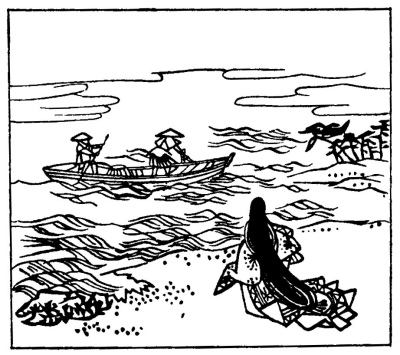
 More than business
More than business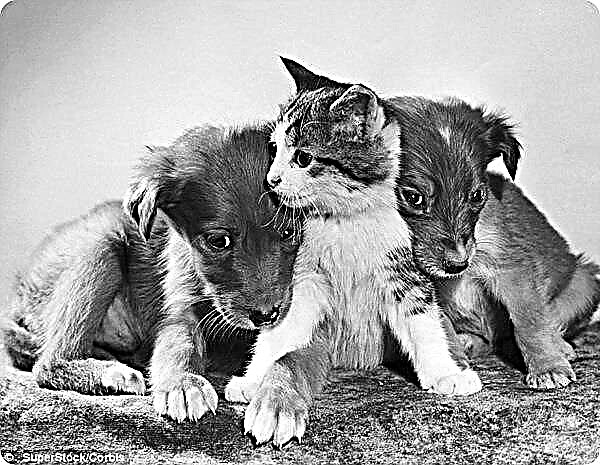
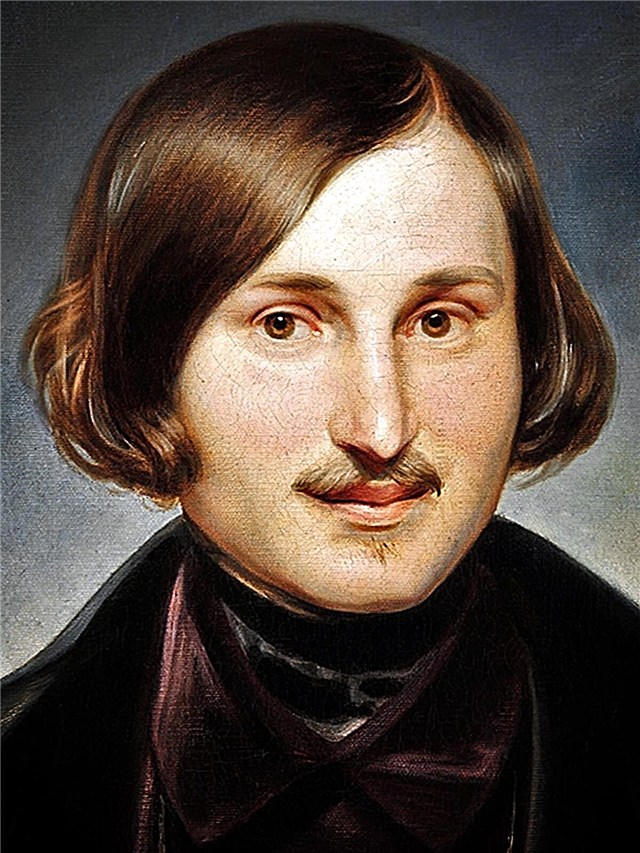
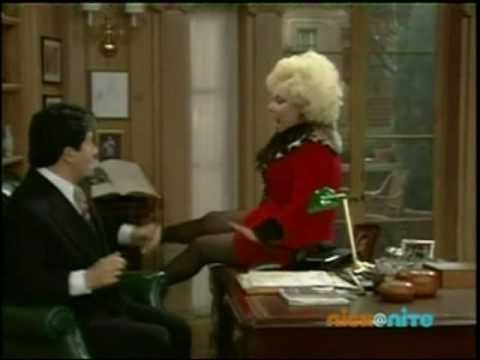
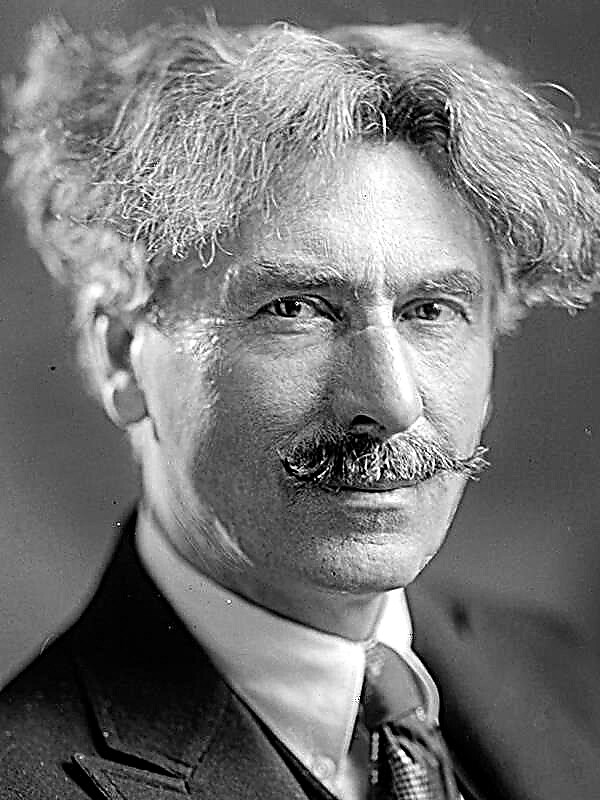 Snap
Snap
